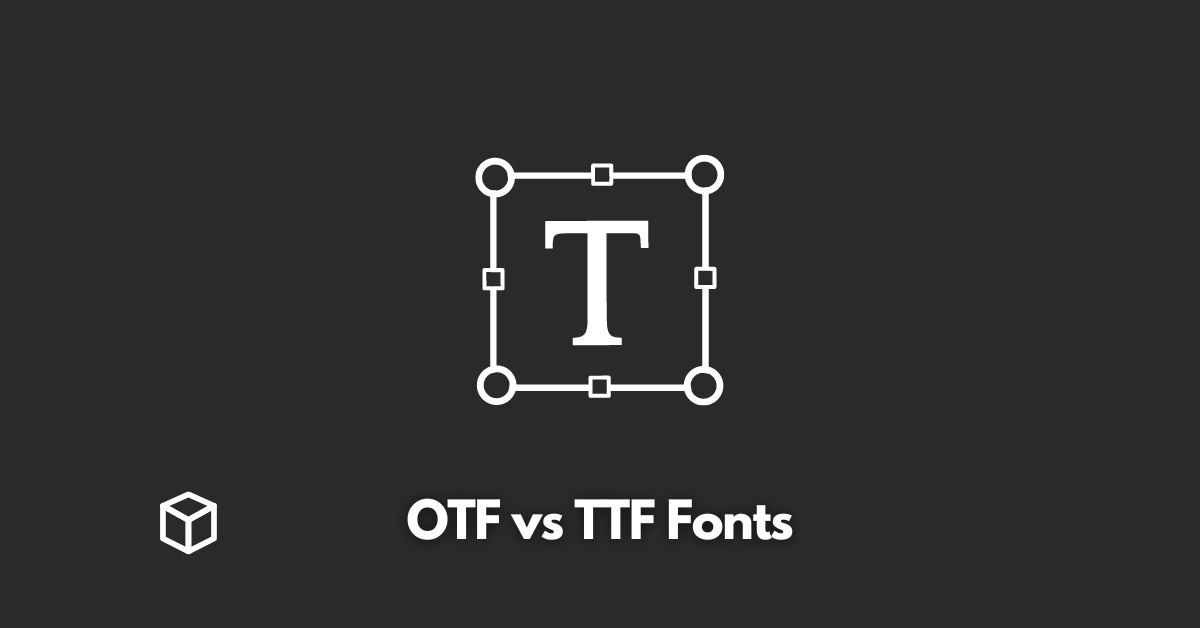When it comes to design and typography, font files play a crucial role. They are the visual representation of the text we read, and they can make or break a design.
In this article, we will take a closer look at the two main types of font files: OTF and TTF.
We will discuss the features, advantages, and examples of each, as well as the considerations you should make when choosing between the two.
OTF (OpenType Format)
The OTF (OpenType Format) is a file format that was first developed by Adobe and Microsoft in the late 1990s.
It is a combination of the TrueType and PostScript font formats, and it offers several advantages over other font formats.
One of the main advantages of OTF is its support for multiple languages and characters.
This makes it ideal for multilingual projects or designs that require a wide range of characters.
OTF also offers improved typographic control, such as ligatures and alternate characters. This allows for greater flexibility and customization options in design.
Another advantage of OTF is its better cross-platform compatibility.
OTF fonts can be used on both Windows and Mac operating systems, and they are also supported by most design software.
Examples of popular OTF fonts include Adobe Garamond Pro, Futura PT, and Avenir.
TTF (TrueType Format)
The TTF (TrueType Format) is a file format that was first developed by Apple and Microsoft in the late 1980s.
It is a simple vector-based format that is widely supported across different operating systems and software.
One of the main advantages of TTF is its wide support. TTF fonts can be used on both Windows and Mac operating systems, and they are also supported by most design software. This makes them easy to install and use.
Another advantage of TTF is its simplicity. The vector-based format makes it easy to create and edit TTF fonts, and it also allows for a smooth and clear rendering of text.
Examples of popular TTF fonts include Arial, Times New Roman, and Verdana.
Choosing between OTF and TTF
When choosing between OTF and TTF font files, there are several considerations to keep in mind. The first is the type of project and its specific requirements.
If the project is multilingual or requires a wide range of characters, OTF may be the better option. If the project is simple and only requires basic characters, TTF may be sufficient.
The second consideration is the software and devices that will be used to view the design.
If the design will be viewed on multiple platforms, OTF may be the better option for its cross-platform compatibility.
If the design will only be viewed on one platform, TTF may be sufficient.
When using OTF and TTF fonts together in a project, it is important to keep in mind that OTF fonts may not be supported by all devices or software.
To ensure the best results, it is recommended to use TTF as a fallback font for any unsupported characters or symbols in the OTF font.
Conclusion
In this article, we have discussed the differences between OTF and TTF font files.
We have looked at the features, advantages, and examples of each, as well as the considerations to keep in mind when choosing between the two.
OTF offers improved typographic control and support for multiple languages and characters, while TTF is widely supported and easy to use.
Ultimately, the best font format for a project will depend on its specific requirements and the software and devices that




